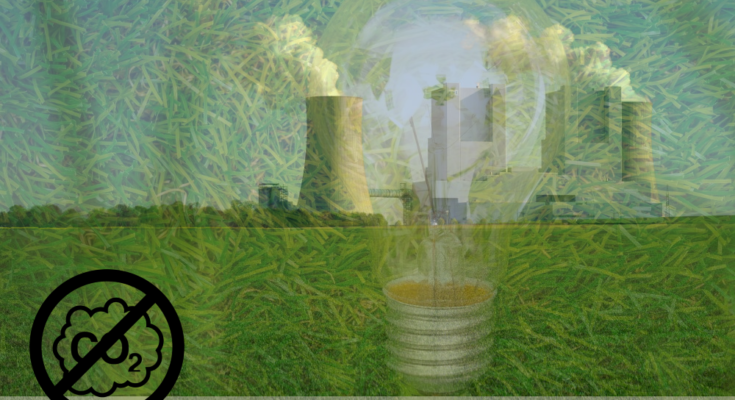In a context of energy transition essential to avoid global warming, our production and use of renewable energies are still largely in competition with those of fossil fuels. However, various observatories such as Ember have nonetheless observed a 12% drop in CO2 this year, compared to 2019 thanks to the development of renewable energies.
If the objectives of zero net CO2 emissions by 2050 represent a colossal challenge, the efforts undertaken in this direction are still being felt. Indeed, the member countries of the European Union recorded an increase in green electricity production of 11% . And inevitably, this also made it possible to reduce our use of fossil fuels since we used 16% less! This winning duo therefore took part in reducing CO2 levels which were still quite high.
Let us remember that this dynamic follows that of the year 2020 which, we can say, was the year of renewable energies not only in France, but also in the world. Despite the Covid-19 epidemic, energy production capacities have climbed 45% and reached 280 GW . This change is the strongest over one year since 1999.
Continue to produce and use renewable energies
The hardest part will be to continue producing green electricity as the alternatives that we know and already use are tempting, especially on a global scale. Among them, coal, mainly used by India, China and other countries in this region of the world who want to quickly revive their economy after heavy restrictions due to the health crisis.
Closer to home, in Europe, coal consumption in electricity production is already returning to pre-crisis levels. This is how the International Energy Agency (IEA) estimates the drop in wind power generated over the same period at 14% , especially since it predicts a record increase in CO2 emissions in coming years.




